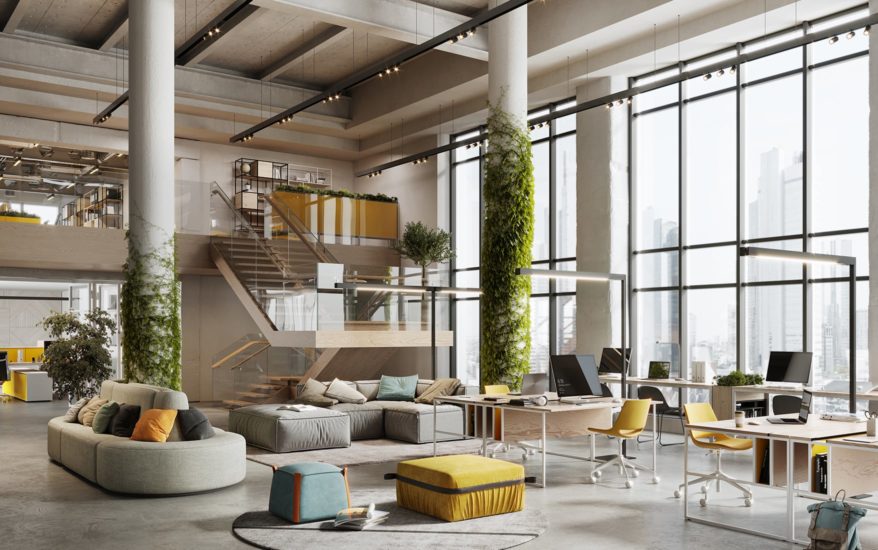
The world of work has been changed by COVID-19. And not only are those changes well and truly out of the box, they won’t be going back in any time soon.
Trends towards more remote and flexible working models are set to endure long after the pandemic has receded: Gartner research has found that 82% of company leaders plan to allow their employees to keep working remotely at least some of the time post-pandemic. While it’s clear that physical office environments will still have a vital role to play for many organizations long-term, there’s no doubt that the evolution of our working lives will have a huge impact on what workspaces do, how they work and what they look like.
Ultimately, employers are looking for a workplace that has purpose, supports the business and makes financial sense, while employees want a workplace that helps them work the way they want to, without stress or inconvenience. Striking that balance can be tricky, but it’s by no means impossible, especially when technology is available to lend a helping hand.
There are four common goals to aim for that will satisfy both parties:
1. Flexibility
Employees want the choice of working where and when they want to, but they still need to get their jobs done to the best of their ability. That means they need the facilities available in the office to collaborate with colleagues as and when required, and to be able to secure the right space for the right people in advance.
A workspace scheduling solution, hosted in the cloud and with mobile app functionality, can enable this with full real-time transparency. Employees can see who is booked to visit the office when, where they will be, and when they are available for meetings, and make their own reservations before they even leave home.
2. Intelligence
The pandemic has ably demonstrated that the office of today may not be suitable for the business or employee needs of tomorrow. An approach of constant review and evolution will be important to ensure that the workplace remains as relevant and useful as it possibly can be.
This is where technology like analytics and associated data tools come into play, providing insights into how the workplace is used, from how often each employee comes into the office to the occupancy rate of each individual workstation or meeting room. These insights can then be used to make informed decisions on adjusting the workplace to suit changing requirements.
3. Support
Well-designed workplaces have the ability to complement employees’ day-to-day work, making them more efficient, more productive and more motivated. Along with the flexibility mentioned above, this also includes the ability to seamlessly collaborate with both physical and virtual attendees in meetings, which meeting room software working together with video conferencing solutions can accommodate.
Perhaps just as importantly, however, is that the control the employee can enjoy over the work can inspire a level of trust within them. This can work wonders in improving the overall workplace culture and the wider mental well-being of the employee.
4. Integration
All of this can only truly work when every element is inter-connected. That’s because moving from remote to office and then back to remote multiple times a week can quickly lead to chaos if not conducted with transparency, especially when each employee is working to different office attendance schedules.
Employees that can plan out their work schedules in advance within a matter of minutes will feel less constrained by administration, and more free to focus on their core tasks. Workspace scheduling software can make this possible through a single platform, where everyone can see where everyone is working and plan ahead accordingly.
Through these four pillars, the office of the near future can be one that may not be used by every employee all the time, but is there to serve several vital functions and is always on hand whenever it’s needed. And at a time when many organizations find themselves at a crossroads of whether to go with office or remote for the years to come, this formula represents an ideal way of hedging bets and getting the best of both options.



